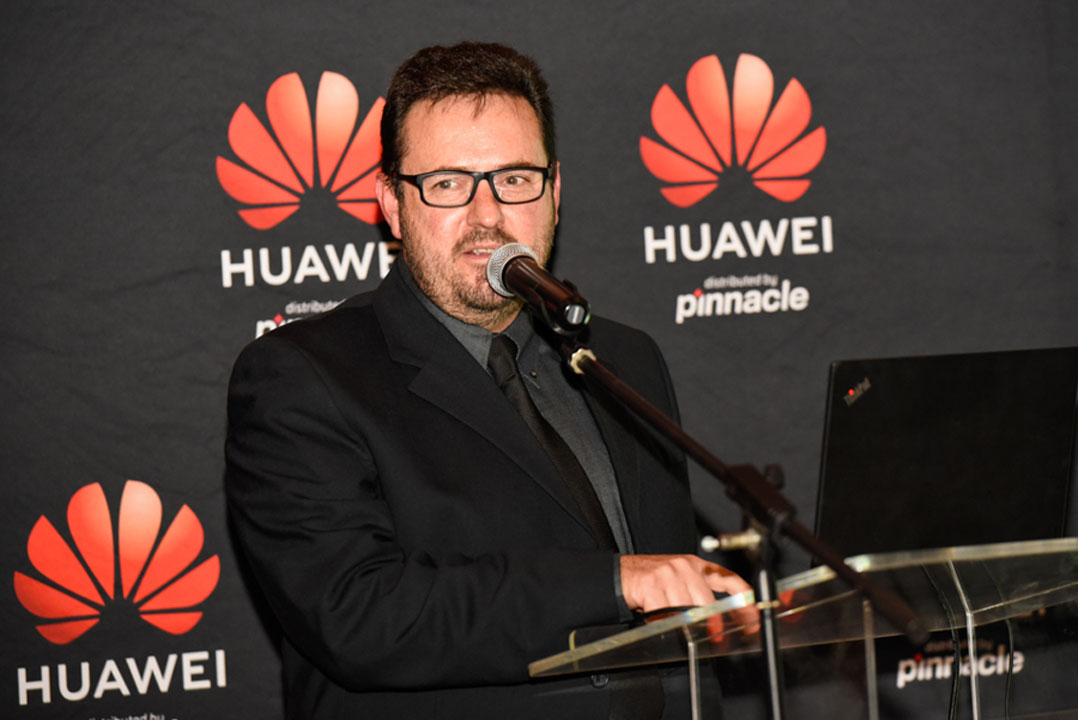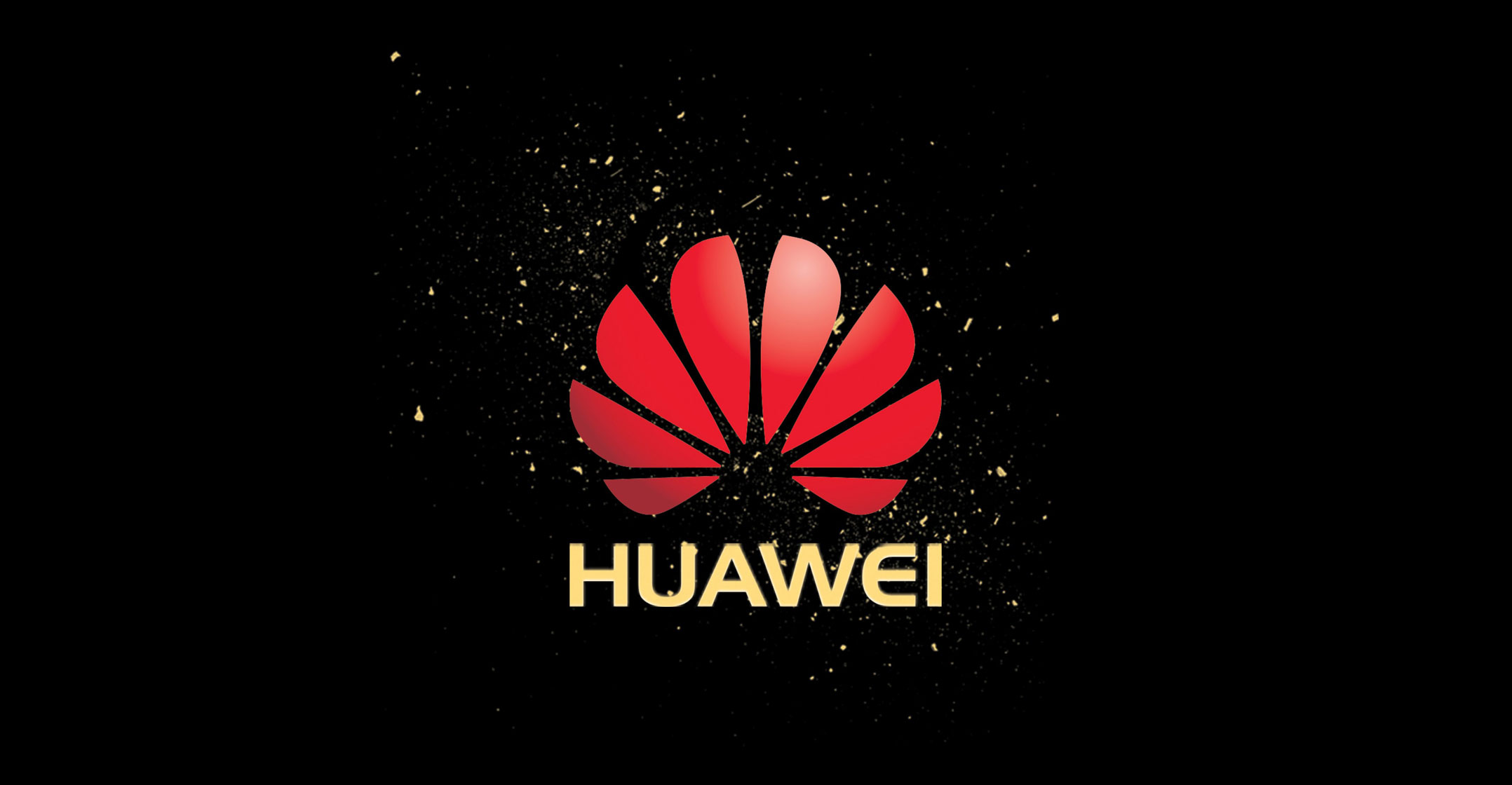
Technologies invented several decades ago simply aren’t up to the job in today’s networking environments, which is why a new era of intelligent campus network design has arisen, offering consistent management, intelligent insights and high-quality connectivity.
So says Fred Saayman, Huawei business unit executive, at Pinnacle ICT, South Africa’s leading local ICT distributor. “At its core, a campus network’s function is to connect applications and terminals, and as enterprise ICT services become more and more cloud-based and AI-powered, application systems are being migrated from local networks to the cloud. However, this migration, coupled with a massive growth in service traffic and the widespread use of AI applications based on big data training, are placing campus networks under strain.”
Saayman says to keep up, the campus networks of the future will need to provide high-quality connectivity that offers both greater capacity and lower latency. “In addition, the rise of the Internet of things (IoT) is seeing many terminals switch to digital, which results in the number of campus terminals increasing concurrently with the volume of data. Alongside this, wireless networks are turning terminal mobility into a reality, and all of this together is revolutionising the generation, transmission, processing and application of data, and will boost efficiencies across the board.”
According to Saayman, Huawei sees four major trends evolving. “Firstly, there’s wireless service systems. Wireless networks are the cornerstone of enterprise productivity and efficiency, and Huawei sees all-wireless networks as becoming inevitable. There is little question that the next wave of wireless reconstruction will happen in enterprise production networks. We expect to see the commercial use of next-generation Wi-Fi technology, Wi-Fi 6, reaching maturity, as Wi-Fi 5 cannot meet the more demanding requirements for wireless transmission in terms of reliability and quality.”
He says Wi-Fi 6 is capable of delivering four times the peak bandwidth and terminal access capacity and offers far better anti-interference performance and lower network latency than its predecessor. “Wi-Fi 6 will enable enterprise production networks to go wireless, which will, in turn, open up new possibilities in areas including intelligent manufacturing and AI-powered operations, which will greatly improve production efficiency.”
Millisecond-level latency
Next, Saayman says key service applications need 100Mbit/s bandwidth and millisecond-level latency. “We have seen the convergence of wired, wireless and IoT networks significantly lowering the cost of enterprise network construction, and at the same time, driving higher requirements for network capabilities. There are two types of services Huawei sees emerging that it says will coexist on a single physical network, and will create new challenges for network vendors.
“The first is the interaction between people as the sensing boundaries between our physical and digital worlds become less distinct. To improve both user and customer experience, enterprises are looking to rich media applications to offer communications that are as close to face to face as possible. Virtual and augmented reality need higher network bandwidth and lower latency, and this is only set to increase.”
Then, he says, there’s the interaction between objects and applications, which we call the IoT. “These services will have different quality requirements to suit different scenarios. While some use less bandwidth, they are more sensitive to packet loss or delays, and when different services run on the same network, they end up competing for resources, which could result in conflicts. This means a large-capacity, high-reliability, and ultra-low-latency infrastructure must be implemented.”
 The third trend, he says, is the need for a simplified and flexible campus network architecture. “Factors including heavy traffic pressure, and the need for high-quality services are driving network architecture to become more flexible and simple. The introduction of Wi-Fi 6 will see wireless access points delivering better, high-density wireless connection capabilities, and alongside these improvements, we need to look at ways to improve the data rates of campus switches rather than simply increasing the number of interfaces.”
The third trend, he says, is the need for a simplified and flexible campus network architecture. “Factors including heavy traffic pressure, and the need for high-quality services are driving network architecture to become more flexible and simple. The introduction of Wi-Fi 6 will see wireless access points delivering better, high-density wireless connection capabilities, and alongside these improvements, we need to look at ways to improve the data rates of campus switches rather than simply increasing the number of interfaces.”
The traditional “tree” structure of campus networks will need to be flattened into one that more closely resembles the spine-leaf structure we see in the data centre, where the technology permits, as this will lead to greater flexibility, more simple scalability, easier management and more reliability. “Then, of course, once the structure is simplified, the campus network needs greater flexibility in order to provide more powerful service capabilities.”
Finally, Saayman says Huawei predicts that threat defence will move from borders to the entire network. “The threat landscape today is increasingly complex and sophisticated, with a slew of new threats, such as ransomware, and APTs becoming increasingly pervasive. Add to that the ubiquity of the IoT which attaches multiple external devices to the campus network, and you’ll see that security is becoming extremely challenging.”
It is clear that a new security solution is needed. “We also need to build a zero-trust cybersecurity posture, which follows the principle of maintaining strict access controls and not trusting anyone by default, including those already inside the network perimeter. Moreover, intranet elements, such as switches, are the first line of detection and defence and must be deeply integrated with security capabilities. At the same time, all elements of the network need to work together, to build a bullet-proof, proactive defence system.”
For more information, visit the Pinnacle website.
About Pinnacle
Pinnacle is South Africa’s leading ICT distribution company built on the foundation of entrepreneurial spirit. We offer our clients a broad range of world-class technology products seamlessly delivered across an expansive footprint. Everything we do is underpinned by our technical expertise, drive and determination. Pinnacle is an authorised and exclusive distributor for many leading vendors, allowing us to be the first to market the latest technology and ideas available.
- This promoted content was paid for by the party concerned




